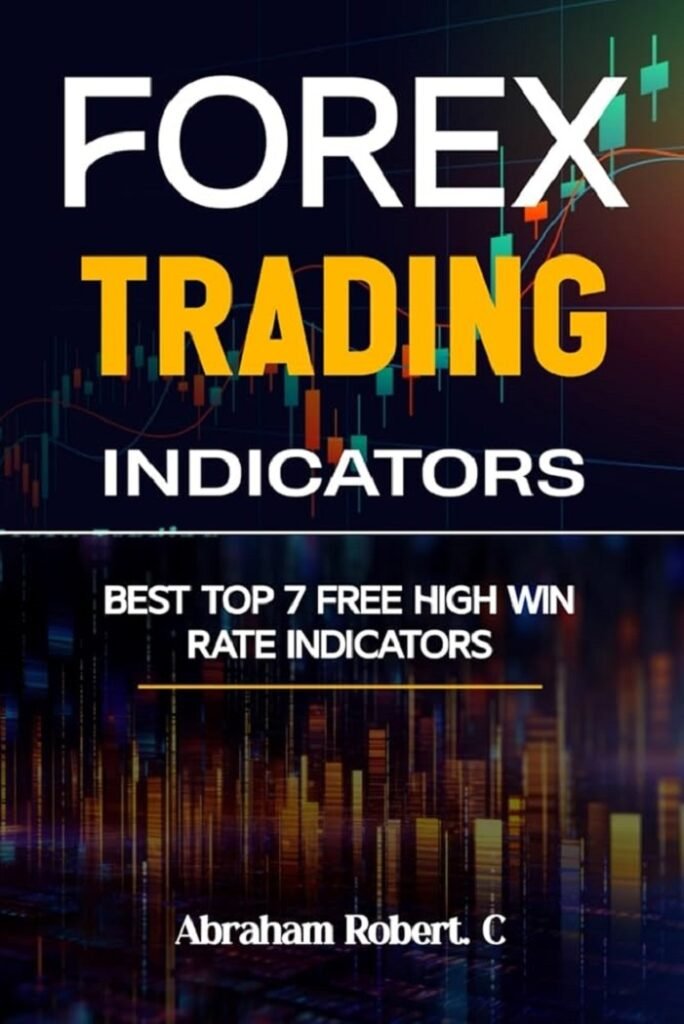As a seasoned trader, I understand the importance of having a diverse set of tools and indicators at your disposal. One of the most powerful, yet often overlooked, tools in a trader’s arsenal is the Arms Index, also known as the TRIN (Trading Index). If you’re looking to deepen your understanding of this indicator, then diving into a dedicated book on Arms Trading Indicators is a smart move.
What Is the Arms Index?
Before we delve into the book, it’s essential to grasp the basics of the Arms Index. The Arms Index is a short-term trading indicator that compares the number of advancing and declining stocks (market breadth) to the volume of those stocks. Developed by Richard Arms in 1967, this indicator helps traders assess market sentiment and potential reversals.
Why Read a Book on Arms Trading Indicators?
While there are plenty of online resources that touch on the Arms Index, a comprehensive book offers a deeper dive into the subject. A well-written book will provide:
- In-Depth Explanation: You’ll get a thorough explanation of how the Arms Index works, including its history, calculation methods, and practical applications.
- Trading Strategies: Books often include specific trading strategies that leverage the Arms Index, helping you apply the knowledge directly to your trades.
- Case Studies: Real-world examples and case studies help illustrate how the Arms Index can be used effectively in various market conditions.
- Technical Analysis Integration: Learn how to integrate the Arms Index with other technical indicators for a more robust trading strategy.
Key Topics Covered in an Arms Trading Indicator Book
When you pick up a book on Arms Trading Indicators, you can expect it to cover the following key topics:
- Introduction to Market Breadth Indicators: Understanding the role of market breadth in technical analysis.
- History and Development of the Arms Index: Learn about Richard Arms and the creation of the TRIN.
- How to Calculate the Arms Index: Step-by-step guide to calculating the indicator and understanding its components.
- Interpreting the Arms Index: What different values of the Arms Index indicate about market sentiment.
- Trading Strategies Using the Arms Index: Practical strategies for day trading, swing trading, and long-term investing.
- Combining the Arms Index with Other Indicators: How to enhance your trading approach by integrating the Arms Index with tools like moving averages, RSI, and MACD.
- Real-World Case Studies: Examples of successful trades using the Arms Index, and lessons learned from historical market scenarios.
Recommended Books on Arms Trading Indicators
If you’re ready to explore the world of Arms Trading Indicators in-depth, here are a few recommended books that you should consider:
- “Trading for a Living” by Dr. Alexander Elder: This classic book covers a wide range of trading strategies, including the use of the Arms Index.
- “Technical Analysis: The Complete Resource for Financial Market Technicians” by Charles D. Kirkpatrick and Julie R. Dahlquist: A comprehensive guide that includes a section on the Arms Index and other breadth indicators.
- “The New Trading for a Living” by Dr. Alexander Elder: An updated version of the original, with more insights into modern trading techniques.
- “Market Indicators: The Best-Kept Secret to More Effective Trading and Investing” by Richard Sipley: A book focused on various market indicators, including a detailed analysis of the Arms Index.
Conclusion
A book dedicated to Arms Trading Indicators can be an invaluable resource for traders at all levels. Whether you’re just starting or looking to refine your strategies, understanding how to use the Arms Index effectively can give you an edge in the market. Investing in a comprehensive guide will not only enhance your knowledge but also empower you to make smarter, more informed trading decisions.

